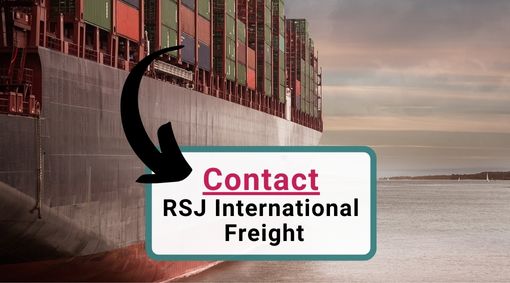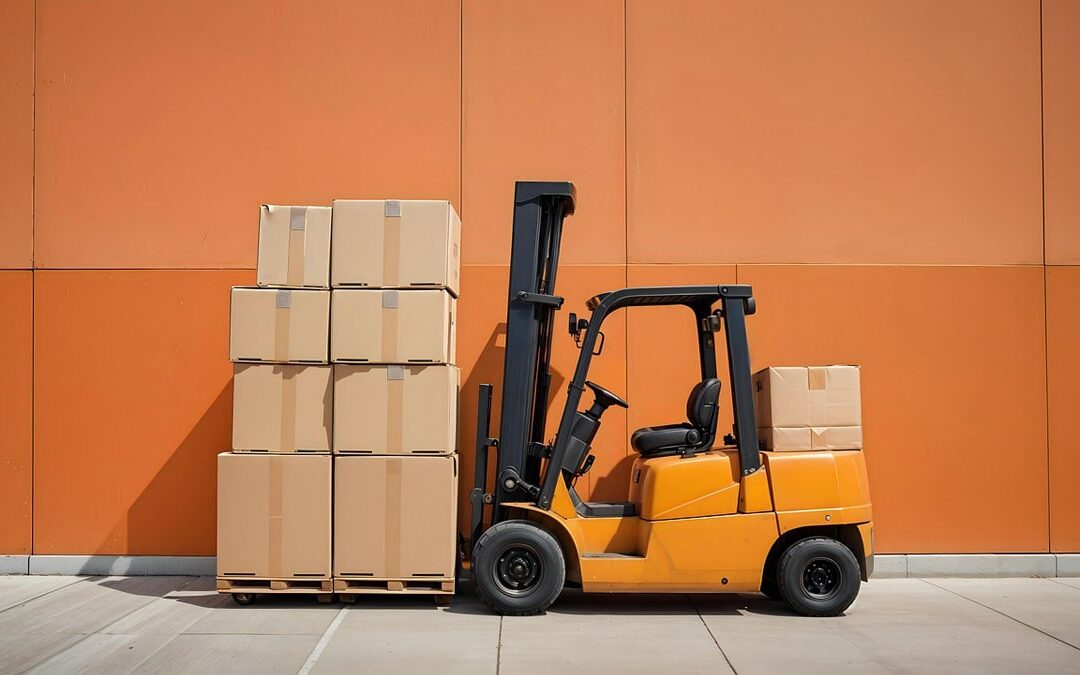Shipping goods might seem pretty straightforward on the surface. You’ve got something to send, no matter how big or small, and someone’s expecting it at the other end.
It might takes a few hours, days, or weeks to arrive, and it might be transported by lorry, plane, or perhaps a shipping container. Pretty straightforward, right?
Not quite. There’s a whole world of activity happening behind the scenes to make sure your shipment arrives safely, on time, and without any problems (particularly given customs and other regulations that freight must adhere to).
At RSJ International, we know how easy it is to underestimate what goes into a successful shipment. It’s not just about moving boxes or cargo from one place to another – it’s about strategy, compliance, and constant coordination. Whether you’re new to freight or have been shipping for years, here’s a look behind the curtain at what really happens when your goods are on the move.
1. The Paperwork Trail
Before a box is lifted or a pallet is wrapped, there’s paperwork that needs to be done, and in the freight business, there’s plenty of paperwork that needs doing.
Bills of lading, customs declarations, invoices, and packing lists are a few of the more common pieces of paperwork that need doing. While certainly not glamorous, this paperwork is essential for a smooth process: It’s a crucial stage.
A good way to think of the paperwork is to see it as a passport for your goods.
Get it wrong and your shipment could be delayed, held at customs, or worse, sent back.
The good news is that with an experienced freight company such as RSJ International, this process is fine-tuned and one we are familiar with.
We make sure your documents match your goods, and that everything’s compliant with the rules in the countries you’re shipping to and from.
It’s a bit like filling in a visa application. You wouldn’t leave anything to chance, would you?
The same goes for freight. And if you’re not used to the process, it can feel overwhelming. That’s where a reliable freight partner steps in and takes the stress off your plate.
2. Planning the Best Route (and Backup Plans)
Once the paperwork’s in order, it’s time to plan the route that the shipment will take.
As a freight planner, it’s necessary to carefully plan and coordinate a number of factors, and these include:
- Costs
- Speed
- Reliability
- And the type of goods being moved.
Shipping products such as perishable goods, as you can imagine, brings its own considerations.
With this type of shipment, air freight might be quicker, but then that comes at a price.
Or maybe you’ve got bulky machinery heading to a remote area, in which case, sea freight followed by road transport could make more sense.
Then there is also the weather, strikes, or port congestion to consider and deal with if it arises.
As a freight forwarder, you need a Plan B and C, too.
A common situation is when we need to reroute a client’s shipment halfway through its journey due to unexpected rail strikes in Europe.
Fortunately, though, we still managed to get the delivery to its location on time in this specific situation.
3. Loading Up: More Than Just Lifting Boxes
Loading a container or truck properly isn’t just about squeezing everything in.
It’s about:
- Weight distribution
- Protecting fragile items
- And making sure nothing shifts during transit.
Pallets are often shrink-wrapped, the crates are secured, and attention is given to temperature-sensitive items.
It’s an art form in a sense, and most of the time it is a process, so these days it is so well formulated and planned that the process is usually smooth.
But when it’s done wrong, it can lead to damage, delays, and big costs, and this really needs to be avoided.
Our team in the past has helped a customer ship an entire exhibition set-up to a trade show from the UK to Vietnam.
It included fragile displays, lighting gear, and promotional materials, and the process was smooth and on time.
This is where experience really matters!
4. The Journey: Monitoring Every Step
Technology has played an enormous role in the freight industry in the last 10 to 15 years, and no more so than when it comes to real-time tracking.
As you might be aware from tracking your own parcels, sending right can be monitored and tracked through the process from start to its final destination.
This tracking is great for the peace of mind of all our customers, but it is also invaluable when it comes to tracking products such as pharmaceuticals.
Temperature control is so important, with fairly small temperature swings, enough potentially to ruin a shipment.
Likewise, for high-value items, location tracking can help in reducing the risk of theft.
5. Customs Clearance: The Final Hurdle
One of the biggest issues, more often than not, if you are not familiar with all the paperwork, is dealing with customs regulations.
Customs officials can be fairly strict, and I cannot emphasise enough how important it is to ensure that every single piece of paperwork is completed perfectly.
Regulations change frequently from country to country, and thus, it is essential to know the latest rules and regulations.
If you are sending a shipment with us, we will take care of everything for you!
Why the Right Freight Partner Makes All the Difference
You might not see all the behind-the-scenes work, but it’s happening.
From planning and packing to tracking and clearance, each step needs experience, attention to detail, and a fair bit of problem-solving.
That’s why working with a trusted freight partner like RSJ International is a good option if you are looking to send freight but without managing all of the stress yourself.


